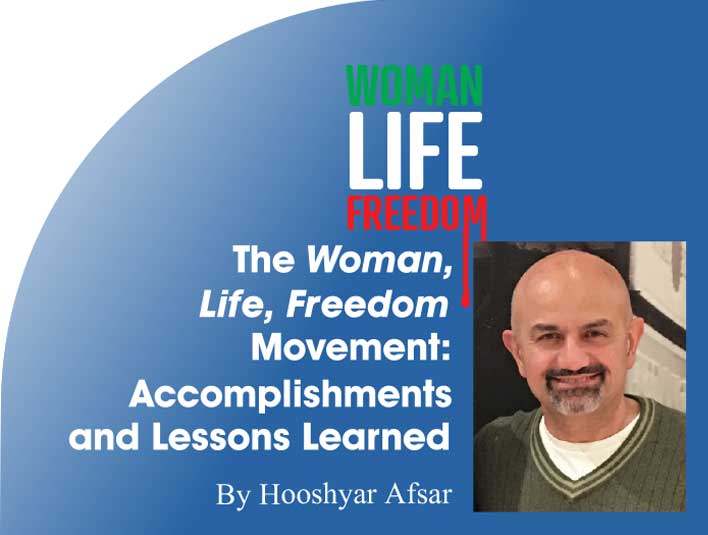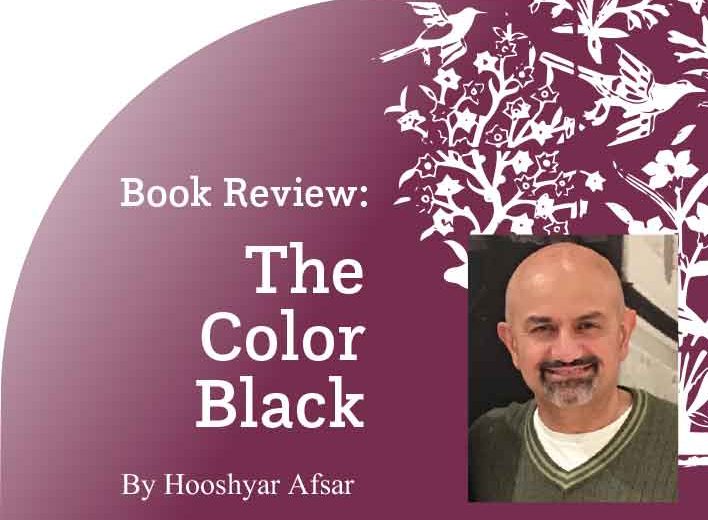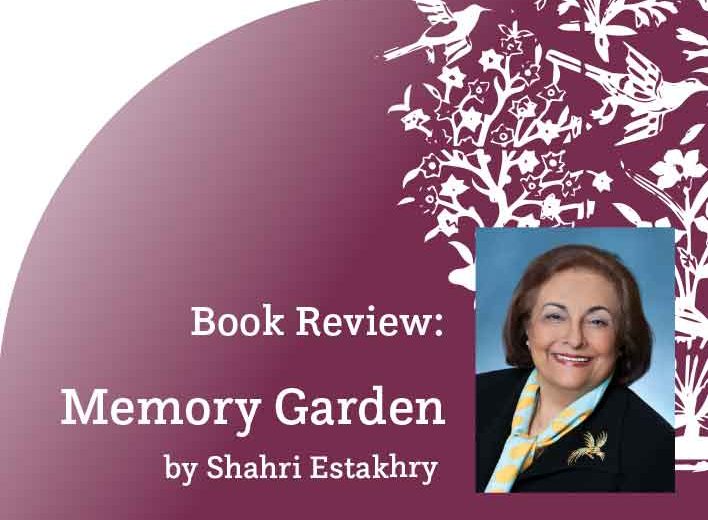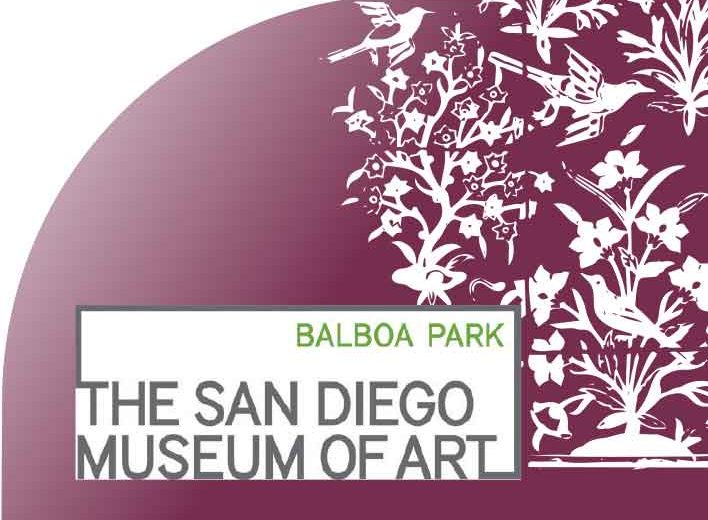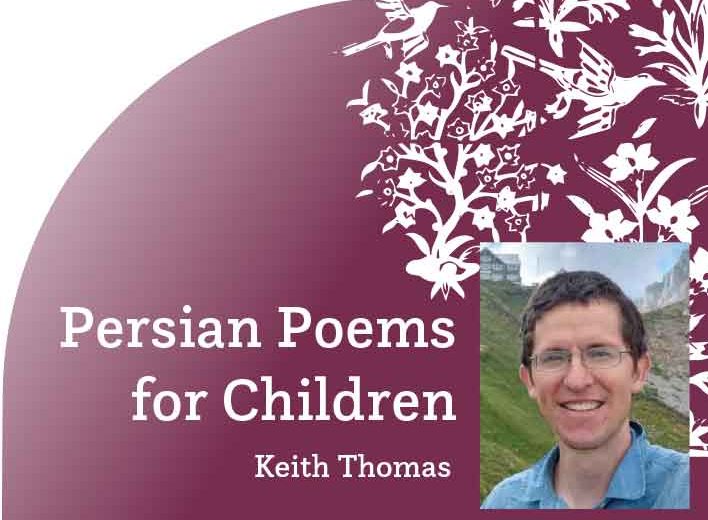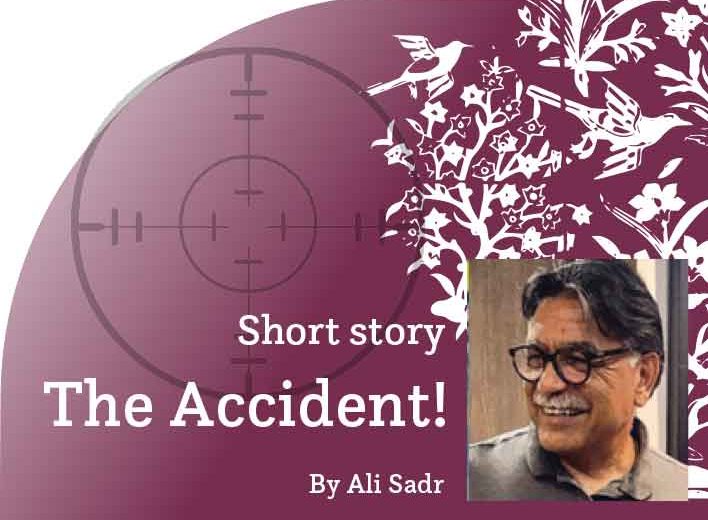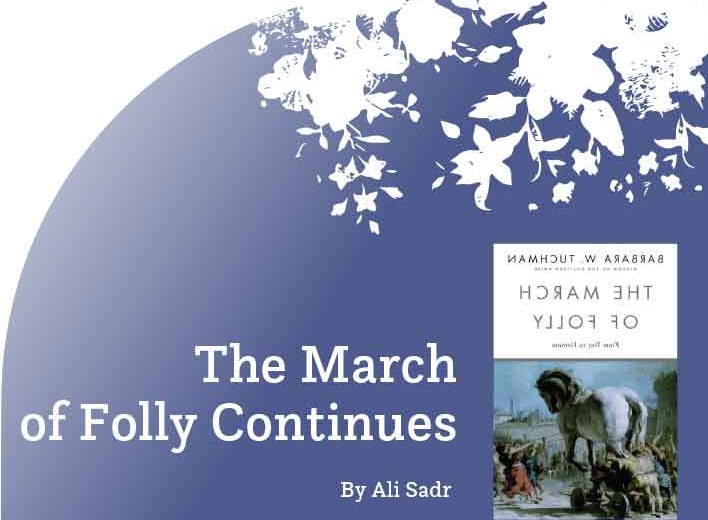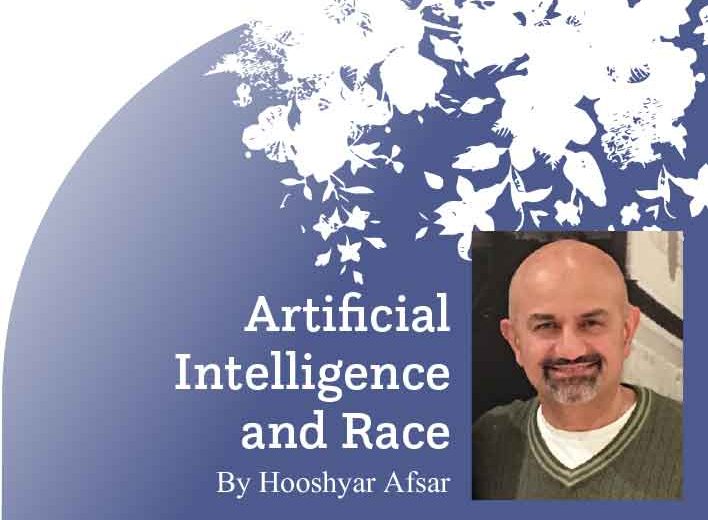The Woman, Life, Freedom Movement: Accomplishments and Lessons Learned
By Hooshyar Afsar

The Woman, Life, Freedom movement is now well into its fourth month and, despite ups and downs, there is no sign of it ending. As far as balance of power is concerned, the Islamic regime has used a continuous violent crackdown, including use of live ammunition against street protesters, mass arrests, physical and psychological torture including many reported cases of rape, summary trials with many death sentences issued, at least two executions of arrested protesters, and continued shutdown or severe limiting of Internet access for people inside Iran. So far, over 490 people, including dozens of children, have been killed and over 18,000 have been arrested.
In spite of it all, the movement continues inside and outside Iran. The regime is clearly incapable of ending the movement and so far the thriving uprising is incapable of ending/replacing the regime. Yet, the movement has many accomplishments and it has taught many of us lessons, with more lessons yet to be learned.
In this article, I will focus on accomplishments and lessons learned while drawing comparisons to the American Civil Rights Movement of the 1960s and its newer reincarnation, the Black Lives Matter movement.
Women at the Center of the Uprising
The most remarkable aspect of this movement is that Iranian women are the center and front of this movement. The central vision, message, and slogan is Woman, Life, Freedom, a clarion call that has resonated all over Iran and the world. Women everywhere on the planet now see Iranian women’s uprising for their human rights as an inspiration. If the main slogan of the movement is Woman, Life, Freedom, its manifesto is best communicated in the historic song “Barayeh” (meaning ‘for’ or ‘because of’ in Persian) by Shervin Hajipour. The amazing aspect of the song is that it tells us what the movement stands for rather than what it is against. The song, which has now been translated into many languages and is being sung in protest movements around the world, tells us that this movement stands for women’s equal rights, freedom, social and economic justice, environmental preservation, animal rights, freedom of political prisoners, and healing of trauma and stress caused by decades of repression and immigration justice, among other goals. While the movement is clearly affected by the culture of the Islamic regime it opposes and the regime’s meaningless chants of death to this and death to that, the song “Barayeh” is a breakthrough that goes beyond that culture and calls for a just democratic Iranian society of tomorrow. This aspect, by itself, is a huge cultural step forward and shows the maturity of this movement led by brave young women.
The similarity of this aspect of the movement to the BLM movement is clear. Black Lives Matter was started by three women in the United States,while Black women played a historic role in the Civil Rights Movement of the 1960s. One lesson learned from that movement is that until Black women achieve gender, racial, and social equality in the United States, the racial and social justice movement will not achieve its most fundamental goals. This is undoubtedly true about the WLF movement in Iran. That takes us to the topic of intersectionality.
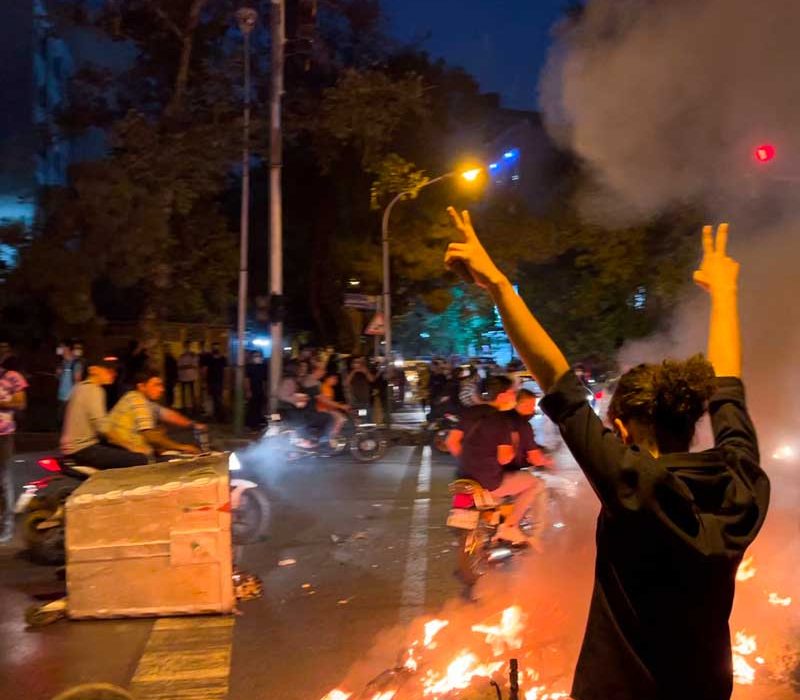
WLF: Intersectionality-In-Action
Intersectionality is a framework by which various aspects of a person’s or group’s identity are considered as interconnected and overlapping rather than in prioritized and/or isolated fashion. These aspects include—and are not limited to—race, gender, caste, class, sexuality, ethnicity, and citizenship (immigration status). Intersectionality also looks at how these aspects are used to keep discrimination and systems of privilege in place.
I wrote in Peyk #195 (Sep-Oct 2021)* that “[w]hen we think about our Iranian American community or the Iranian community globally—including Iran itself—we are anything but a homogenous group. Unlike what some politicians have comically claimed in the past, our community, like other human communities, is the intersection of many subgroups. One could make a solid argument that Iranian women are heavily marginalized inside Iran by the patriarchal political and social structures of the theocracy in place and they are also, to a lesser degree, marginalized by the culture of patriarchy in our communities outside Iran. While systemic racism and marginalization of Black women in the U.S. is of a distinct character, further marginalization of Iranian women based on race and colorism, ethnicity, and class is a reality for our communities inside and outside Iran. Could one then argue along the same lines that when Iranian women enter, we all enter?”
What we have witnessed in the past four months is that Iranian women have entered the scene and their entrance has reverberated across Iran and globally, traversing demarcations of gender, nationality, ethnicity, sexuality, class, and immigration status. There is no surprise that we now see unity across all these groups in Iran and globally in support of the Woman, Life, Freedom movement because as Iranian women have entered, we all have entered. This unity, or in other words intersectionality-in-action, has also debunked the Islamic Republic’s narrative of “danger of civil war” similar to those in Syria and Afghanistan along “ethnic” lines if their regime is gone. The way all ethnic and national minorities in Iran—from Kurdistan to Baluchestan and from the four Azeri speaking provinces of the Northwest Iran to Lorestan and the Arab communities of the southwest and Persian Gulf coast—have been united under the chants of Woman, Life, Freedom was unimaginable a few months ago.
The future of the WLF movement will be bright, as long as the lessons learned from the Civil Rights Movement of the 1960s are utilized to stand for gender equality in ending patriarchy and racism together. There were clear tendencies in the US Civil Rights movement to create animosity toward Black women—calling for initially overcoming the “dominance” of Black women by Black men—prior to defeating the racist segregationists. The role of men was dominant in the leadership of the US Civil Rights movement. So far, the WLF movement has shown amazing resilience in keeping the spirit of women’s rights and leadership alive. It is essential to keep that spirit alive and the activists of the movement align their personal behavior with that political and social stand.
Civil Disobedience Challenging Gender Apartheid
As the movement has progressed and despite the continuing repression, women have created a sub-community in which they have started to exercise their liberation from certain aspects of gender apartheid. The women of Iran have started to implement their freedom of clothing by shedding their mandatory hijab in public. Many women actors have joined by posting their photos or videos without hijab or joining the audience after a performance without hijab. Women athletes have shed their hijab while competing or during medal ceremonies. This exercise of choice, meaning freely selecting after all the considerations, is immensely democratic, meaning that they do not force other women who by choice want to keep their hijab to shed them. For the most part, the Islamic regime has been forced to abandon that aspect of its gender apartheid. There have also been news reports and semi-official announcements that the “morality police” has been dissolved and the parliament is going to discuss the issue of hijab. Of course, this will not help stop the movement because that train left the station long ago and women are already exercising that right as a symbol of civil disobedience. Yet, the fact that it is being talked about by circles of power, be it in a semi-official rumor-like fashion, shows that the system of repression is forced to give concessions. This is significant since the “supreme leader” Ayatollah Khamenei has said multiple times over the years that IR has learned from Shah’s mistakes who started to give concessions before it was toppled and will not budge an inch.
What the Civil Rights Movement of the 1960s teaches us is that even the most racist repression during the Jim Crow segregation of the south could not stop the train of civil disobedience and united action with a broad coalition. It also teaches us that non-violent action has the potential to bring about significant change by bringing the majority of the public to the side of a movement that has a message of hope. The other lesson is the unaccomplished goals of the US Civil Rights movement, when Martin Luther King Jr. attempted to create a massive coalition for economic restructuring of the society as envisioned in the Poor People’s March on Washington, DC, in 1968. The lesson is that the progressive movement and its massive coalition was disrupted when its leaders were assassinated. The WLF movement could focus on the strength of movements and collective leadership so that the potential murder of a handful of leaders will not interrupt its continuity.
The Student Movement Finds a New Life
Iran has a history of progressive student movements over many decades in the twentieth and twenty-first centuries. Many political leaders have emerged from the student movement. After the 1979 revolution, the university student movement in Iran was so powerful, progressive, and independent that the Islamic Republic, with Khomeini at its helm, chose to close down all the universities for two years under the banner of a “cultural revolution.” During the reformist movement of the 1990s and later the Green Movement of 2009 and beyond, university students played a major role in challenging the Islamic Regime and calling for freedom and democracy. This movement has found a new birth in the Woman, Life, Freedom movement. Undoubtedly, it is the most organized and active part of the movement, spanning dozens of campuses across the country in addition to the street demonstrations. Another key aspect is how high school and, to a certain extent, elementary school students have joined the movement. High school students have been utilizing the end of school day dispersion to walk the streets on their way home and chant against the regime and for Woman, Life, Freedom.
Thousands of university and high school students have been arrested, suspended, or brutalized on the campuses. Time magazine has reported that, according to the regime’s own data, the average age of people arrested during the WLF protests is 15.1 years old. These young people are intelligent, internet savvy, creative, and now they are unstoppable.
One boomerang effect to mention is that many religious patriarchal families who restricted their daughters to home and marriage after graduating from high school (or even at a younger age) began to loosen their restrictions after the revolution, thinking that the society was now more religious and “safer.” The effect was that, for decades, women students have been the majority in universities across Iran. Daughters of those religious families are now twenty-first century worldly and highly educated women who are willing to pay the ultimate price to end gender apartheid in Iran. Talk about a backlash!
Workers and Small Businesses Take Part
More and more workers and small businesses are now going on strike for at least a few days in a row. While the former are for the most part demanding clear and justified economic rights, the latter are closing shops across Iran in solidarity with the movement. This is done amid vast repression and threats of fines and prolonged closures by the government. The movement also uses the tactic of calling for multi-day strikes either in commemoration of killed protesters (one example is the 40th day of mourning) or to commemorate movements of the past few years and, more recently, three days from December 5 through December 7. The depth and breadth of shops and bazaar closings in December was unprecedented since the revolution of 1979, augmented by organized student strikes and demonstrations on the same day across Iran.
International Solidarity and UN Action
Massive demonstrations across the world, with an unprecedented one hundred thousand person turnout in Berlin and tens of thousands in Toronto, Los Angeles, Washington, DC, and other major cities across the globe, were not a one time thing and continue on a weekly basis amid lower turnout sometimes due to the colder weather.
One of the most significant accomplishments of the WLF international solidarity movement is the recent formation of the UN Human Rights Council Fact-Finding mission on human rights violations in Iran that was voted for on November 24, 2022. Islamic Republic fought tooth and nail to stop the formation of this council, yet the international solidarity movement was successful in gathering strong support. 25 member nations of the 47 member council voted for the resolution, with 16 abstaining and 6 voting against. The solidarity movement should continue to support transparent and active reporting of IR’s violation of human rights in a protracted fashion. This accomplishment was augmented when the UN Economic and Social Council voted on December 14 to remove Islamic Republic from its Commission on Status of Women.
The Long Haul
It is now clear that the most serious political mass movement challenging the Islamic Republic will not end. The movement has reached a point of power equilibrium, meaning that the regime can not end it, yet the movement can not topple the repressive state as of yet. First and foremost, the movement and its activists need to prepare themselves for a long and protracted struggle. Similar to the Civil Rights Movement of the 1960s that started decades before and the current BLM movement that continues to strive for racial and social justice, we need to be in this for the long haul. My estimate is years rather than months, although I wish to be proven wrong. Creating a false sense that the Islamic Regime will fall in the next few months could cause many of the movement activists to pay a high price thinking that victory is imminent and then turn into a sense of despair when the promised goal is not realized in a short span of time.
The other key lesson from the Civil Rights Movement and the ongoing BLM and social justice movements in the United States is that the broadest unity is an absolute requirement to grow the movement to the strongest and broadest front that stands for Woman, Life, Freedom and its manifesto. There are some signs of using shame and even cyberbullying against organizations or individuals who either were not fully aligned with ending the Islamic Republic or are still on the fence today. There are also calls for violence against the leaders of the regime and its collaborators after their fall. While shame could be a powerful weapon at times, it is much more effective to generate hope for a democratic and peaceful Iran of the future led by its glorious freedom fighting women instead of threatening anyone of what is to come. One more recent lesson of the BLM movement is that the broad support of over 62% after the killing of George Floyd has now diminished by activists’ negating anyone who is not 100% “woke” and insisting on a “revolution” when the society is not ready, among other reasons. With regard to Iran, many estimates, including one poll published by the regime itself that was later removed, put public opposition to and dissatisfaction with the Islamic Republic at over 80% of the population. This means that the WLF movement has the potential to bring well over 64 million people to its side as active participants. To do that, the Woman, Life, Freedom movement needs siginficantly more strength while generating hope of a bright future. That is what the Civil Rights Movement and today’s BLM utilize: the promise of a future community of love!
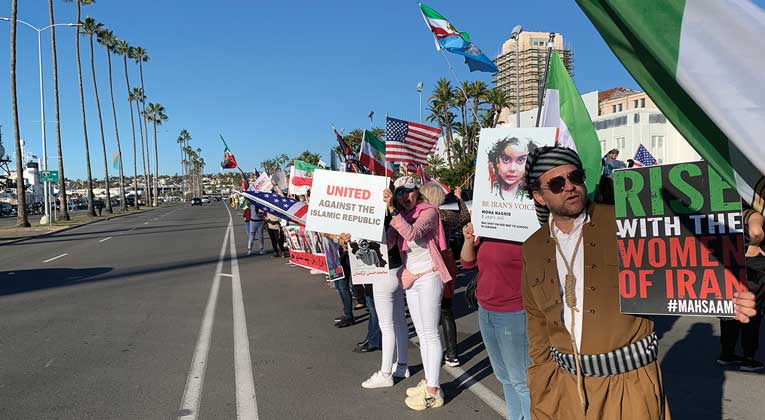
*- http://peykmagazine.com/en/2021/09/10/intersectionality-and-our-community/

